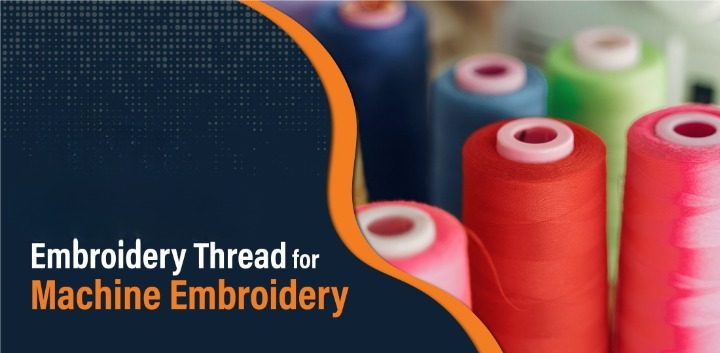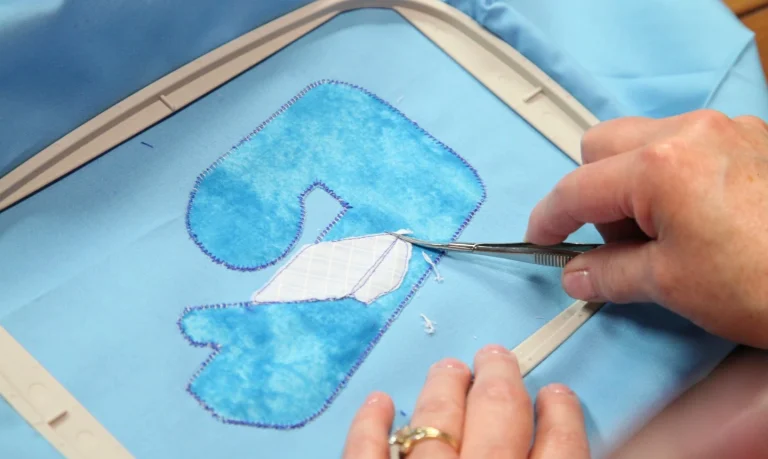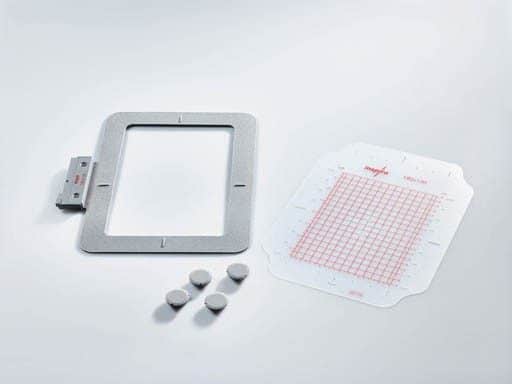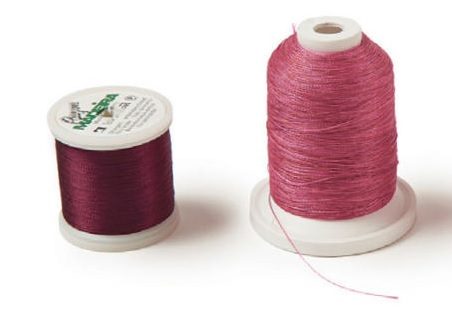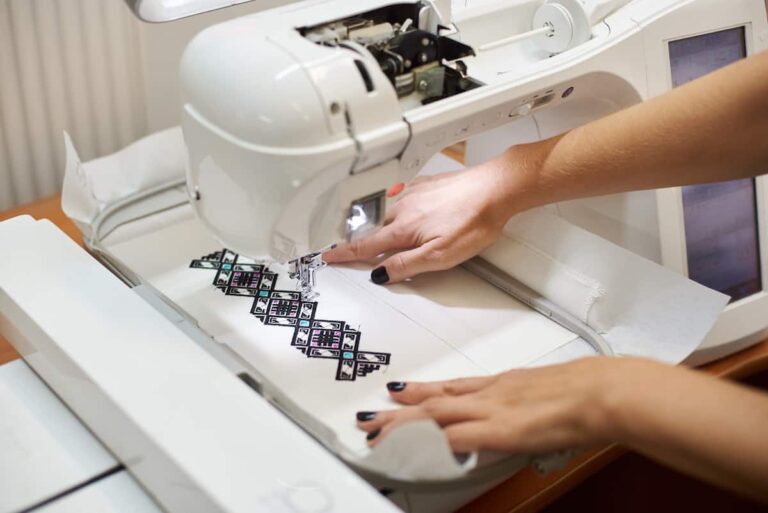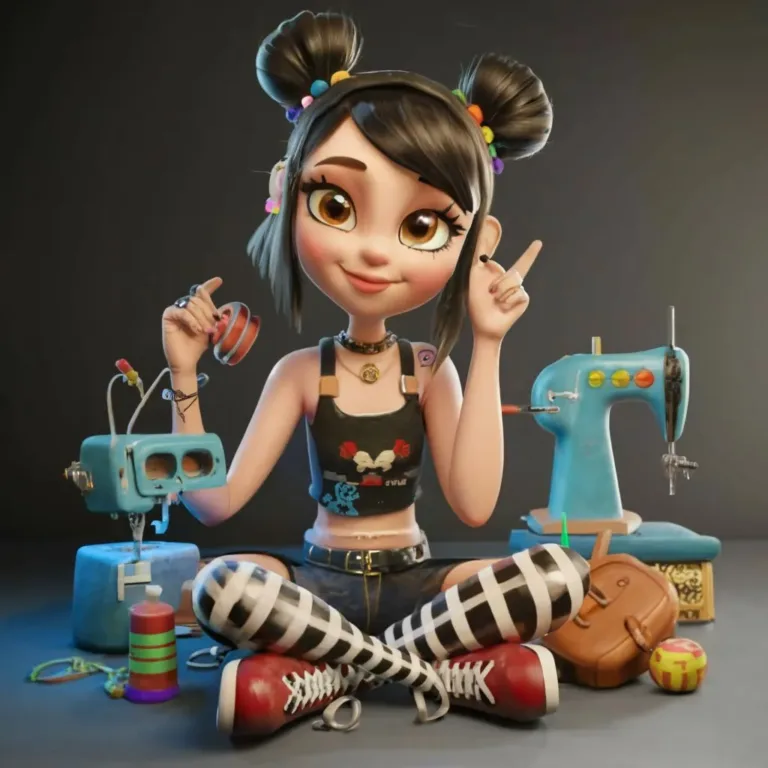Problem Solving for Stitchers
Embroidery is a beautiful and rewarding art form, but it can also be frustrating when things go wrong. From thread tension issues to software malfunctions, there are a variety of problems that can arise during the embroidery process. In this article, we will discuss common embroidery machine problems and offer solutions to help you troubleshoot and solve these issues.
-
Thread Tension Issues
One of the most common embroidery machine problems is thread tension issues. If your stitches are too loose or too tight, it can affect the quality and appearance of your embroidery design. Here are some solutions to help you troubleshoot thread tension issues:
-
Check your bobbin tension: If your bobbin tension is too tight or too loose, it can affect the overall thread tension of your machine. Make sure that your bobbin tension is adjusted properly to avoid thread tension issues.
-
Adjust your upper thread tension: If your upper thread tension is too tight or too loose, it can cause thread tension issues. Adjust your upper thread tension until your stitches are even and the thread is not too loose or too tight.
-
Use the correct thread weight: Using the correct thread weight for your design is important to ensure proper tension. If your thread weight is too heavy or too light, it can cause thread tension issues.
-
Breaking Needles
Another common embroidery machine problem is breaking needles. If your needles are breaking frequently, it can be frustrating and expensive to constantly replace them. Here are some solutions to help you troubleshoot needle breakage issues:
-
Use the correct needle: Using the correct needle for your fabric and thread is important to avoid needle breakage. If you are using a needle that is too small or too large for your fabric, it can cause the needle to break.
-
Check your needle position: Make sure that your needle is properly positioned in your machine. If your needle is bent or not aligned properly, it can cause it to break.
-
Check your machine timing: If your machine timing is off, it can cause the needle to hit the bobbin case or hook, resulting in a broken needle. Check your machine timing and make any necessary adjustments to avoid needle breakage.
-
Skipped Stitches
Skipped stitches can be a frustrating issue when you are trying to create a precise and accurate embroidery design. Here are some solutions to help you troubleshoot skipped stitch issues:
-
Check your thread tension: As we mentioned earlier, thread tension issues can cause a variety of embroidery machine problems, including skipped stitches. Make sure that your thread tension is properly adjusted to avoid skipped stitches.
-
Use the correct needle: Using the correct needle for your fabric and thread is important to ensure that your stitches are not skipped. If you are using a needle that is too small or too large for your fabric, it can cause skipped stitches.
-
Clean your machine: Dirt and debris can accumulate in your machine, causing skipped stitches. Make sure that you clean your machine regularly to avoid this issue.
-
Design Not Centered
If your embroidery design is not centered on your fabric, it can affect the overall appearance of your project. Here are some solutions to help you troubleshoot centering issues:
-
Use a template: Using a template can help you position your fabric correctly in your machine, ensuring that your design is centered.
-
Measure and mark your fabric: Before you start your embroidery project, measure and mark your fabric to ensure that your design is centered.
-
Check your hoop size: Using the correct hoop size for your fabric and design is important to ensure that your design is centered.
Related Posts
Discover relevant articles, tutorials, and tips to improve your skills and explore new techniques.
Stay inspired and connected to our embroidery community.

